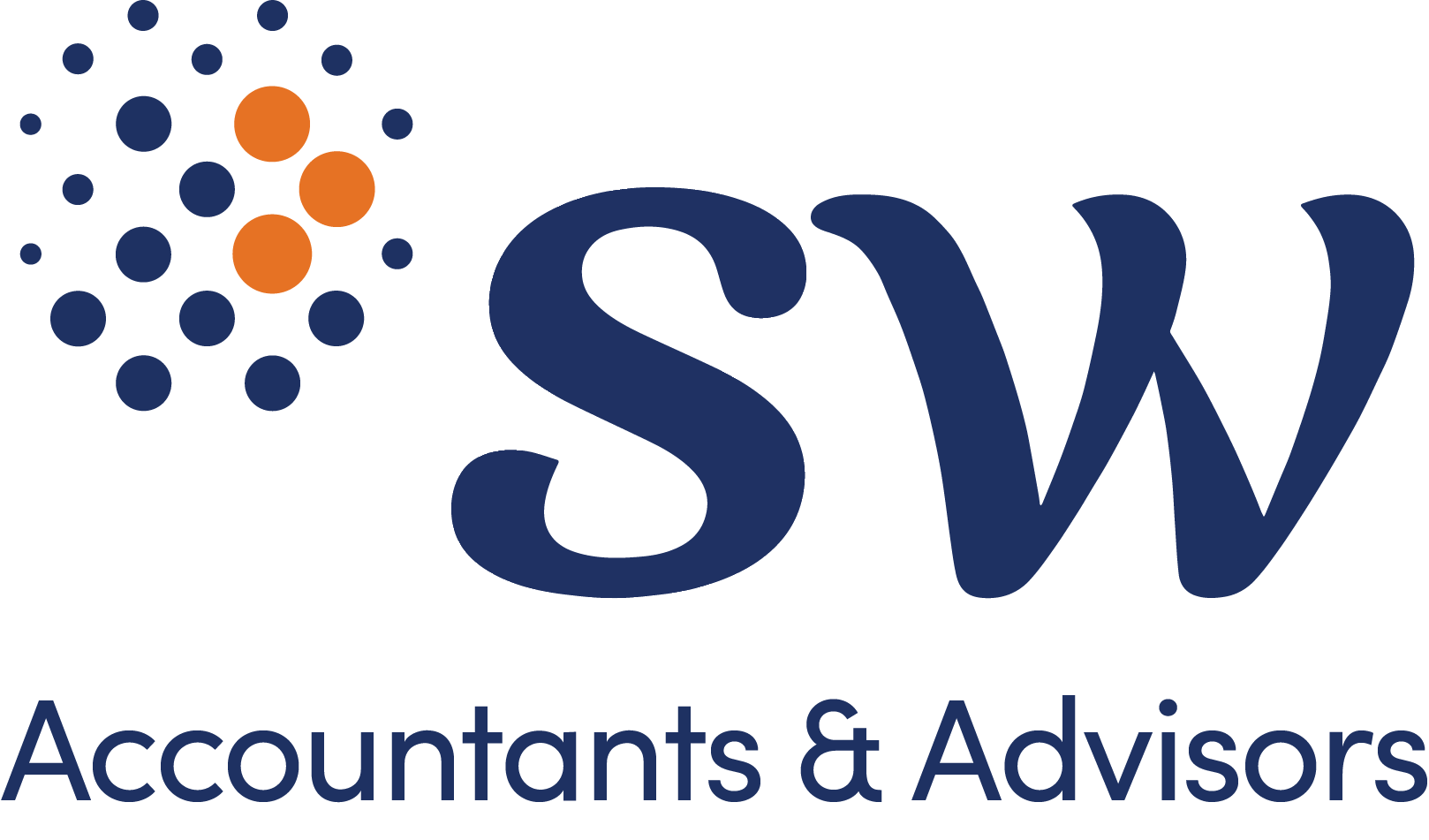
Section 899: Not a Big Beautiful Tax
30/05/2025
On 22 May 2025, the United States (U.S.) House of Representatives passed section 899, a retaliatory and penalty tax targeting inbound investments to the U.S. by foreign entities from countries (including Australia) imposing ‘discriminatory taxes’ against U.S. entities.
As part of the One Big Beautiful Bill Act (the Bill) passed by the U.S. House of Representatives, section 899 Enforcement of Remedies Against Unfair Foreign Taxes will be introduced to the Internal Revenue Code and expected to affect Australian entities from 1 January 2026. This is implemented as a retaliatory tax against foreign countries that the U.S. deems to have ‘unfair foreign taxes’ imposed on U.S. multinationals and individuals operating overseas. The Bill will now go to the U.S. Senate, where passage is likely but not assured.
As Australia will satisfy the definition of a discriminatory foreign country (DFC) this tax will adversely impact all Australians who invest or do business in the U.S. Australian taxpayers will have an additional 5% of tax levied upon their U.S. source income and certain capital gains in the first year and increasing by 5% annually. The section intends to override the reduced treaty rates under the U.S. – Australia Double Tax Agreement (DTA), but the agreed rate is used as the baseline for subsequent increases and capped at 20% above the statutory rate.
Background
On 20 January 2025, President Trump signed an executive order declaring that the OECD global tax deal does not apply to the U.S. A memorandum followed, warning that the U.S. would retaliate against any foreign country imposing unfair or extraterritorial taxes on U.S. citizens or companies.
Under the proposed section 899, a DFC is a country that has any of the following in force:
- Digital service tax (DST),
- undertaxed profits rule (UTPR) under the Pillar Two GloBE rules,
- diverted Profits Tax (DPT), or
- extraterritorial/discriminatory taxes that the U.S. Treasury deems to be borne disproportionately by U.S persons.
Whilst the Treasury Secretary must issue quarterly reports listing DFCs, Australia is on the ‘blacklist’, considering the ‘bad’ taxes DPT and DST have been in force since 2018 and the UTPR commenced on 1 January 2025.
Who is affected
The proposed Section 899 levies an additional tax on ‘applicable persons’, defined as any of the following entities:
- Governments of a DFC,
- individuals (other than a U.S. citizens/resident) who are tax residents of a DFC,
- foreign corporations that are tax residents of a DFC, other than U.S.-owned corporations,
- private foundations created or organised in a DFC, broadly not-for-profits,
- any foreign corporation, other than a publicly held corporation, that is more than 50 percent owned (by vote or value) directly or indirectly after applying certain attribution rules by other applicable persons,
- any trust (including a complying superannuation fund) for which the majority of beneficial interests are held by applicable persons (above); and
- foreign partnerships, branches, and any other entity identified by the Treasury Secretary concerning a discriminatory foreign country.
How Section 899 tax applies
Section 899 provides for increased rates of tax with the five categories:
- Effectively connected income (i.e. business income) – currently 21%,
- US source non-effectively connected income (i.e. investment income) – currently 30%,
- branch profits tax – currently 30%,
- gain on disposal of U.S. real property – currently 15%, and
- income received from foreign private foundations – currently 4%.
The tax rate would be a 5% increase in the first year and would increase by 5% each year after.
By way of examples:
- Under the US – Australia DTA, withholding tax (WHT) on a ‘portfolio interest’ (i.e. <10% interest) dividend is 15%. The initial tax liability under section 899 would increase the WHT from 15% to 20% instead of 30% to 35%. The potential liability is capped at 50% (being statutory rate of 30% + cap of 20%).
- The tax rate applicable to the business income of a foreign company is potentially 41% (corporate tax rate of 21% + cap of 20%)
When would it apply
If the Bill passes U.S. Senate, section 899 would apply to Australian entities from income years commencing 90 days after the date of enactment. Given the U.S. has a 31 December year end it is expected that this would commence from 1 January 2026.
Should we be concerned
The constant changes in U.S. fiscal and economic policies mean that we are living in a world of uncertainties and financial pain. Whether you are a multinational or an individual with superannuation savings, you will be adversely impacted by this proposed tax.
Australian entities should evaluate the impact of the proposed tax if they
- invest in U.S. assets,
- have subsidiaries or branch in the U.S.,
- derive dividend, interest, royalties or other income sourced from the U.S.,
- derive salaries (or similar income) that are taxed in the U.S.,
- have made tax equalisation payments in relation to expatriates working in the U.S.
How SW can help
SW will continue to monitor and keep you informed on a timely basis on further developments in this space.
We encourage you to discuss with your SW contact or the specialist tax contacts listed in this alert on how the proposed tax may impact you.


